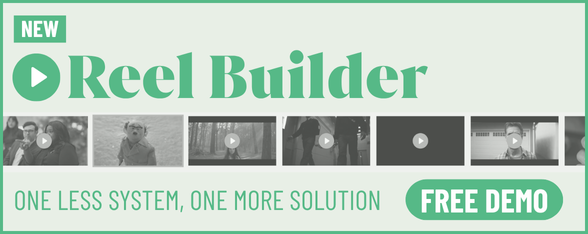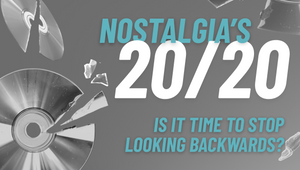
Havas Pours Guests A Brew In Tea Collaboration Recognising Gadigal Land

Havas Village has launched a First Nations Tea Project called ‘Budjari’, created in partnership with Gadigal artist Konstantina and Indigenous-owned tea company Blak Brews. The project is designed to be a celebration of Gadigal land, on which Havas Sydney’s headquarters is located, and the building’s history as the original home of Bushells Tea.
In Gadigal language, there isn’t a direct translation for the English word “welcome”, but “Budjari” comes close, meaning a “friendly recognition” and “hello”.
“As you could probably guess, Gary and I are both Poms – we like a brew, we like a natter,” said Havas creative partner Pete Ogden, referring to Havas head of creative services Gary Wallis.
“It came up that we should have an onboarding idea for new members of staff and maybe clients that come in. Every meeting room in the agency is named for a different tea – we're in the old Bushells Tea building, it’s been here since 1924. We thought maybe tea was a good way to start conversations.”
Rather than stop at a welcome gift, Pete and Gary wanted something that acknowledged the deeper story of the land.
So they partnered with Blak Brews, a 100% Indigenous-owned tea and coffee company, to craft a selection of tea blends rooted in First Nations knowledge, culture, and native botanicals.
“We felt that Blak Brews had the kind of diversity across what we were talking about,” said Gary. “We got on the phone with Troy [Benjamin, founder of Blak Brews], and honed in on the blends that really suited us, both in their characteristics and ingredients.”
Troy added the Blak Brews team was “proud to supply our teas to organisations like Havas that are taking steps to celebrate First Nations culture in meaningful ways.”
“It’s always a buzz seeing our tea blends used in settings that bring people together and build connection — it's at the heart of what Blak Brews is all about.”
The blends selected include the calming ‘Don’t Be Shy’ (Red Centre Tea), ‘Wakey Wakey’ (Desert Sunrise Tea), and ‘Yeah, but is it a Gold Lion?’ (Lemon Myrtle Tea).
“For us, these are more than just ingredients; they represent a profound heritage,” Troy said. “Our aim is to respect and honour that heritage with every brew we create.”
The teas are hand-packed by the Havas team in the agency’s print room – or more accurately, Pete laughed, “Gary has taken the task on to actually fill the tea bags.”
“You're always moaning about the fact that they're always going down – which means people are drinking it.”
“It’s got the care in it,” added Gary. “And the actual welcome spirit into our village, really. And yes, it’s gone down really, really well.”
To bring the project to life visually, the Havas team turned to Indigenous artist and collaborator Konstantina.
“She got into talking about her art, how she would forage out in the wild for different kinds of rocks, grind them up, make the color, and paint using the pigment from the land,” said Gary. “We thought, well, this story is just so rich, let’s get her involved.”
Konstantina said, “In today’s political environment, it’s easy to feel discouraged from amplifying First Nations voices.
“Yet it is the amplification of our voices that helps us to understand one another from different perspectives. I hope newcomers to Havas see the joyful packaging and enjoy the delicious native ingredients and feel it is the start of a wonderful conversation about Aboriginal culture and a permission to participate, to walk alongside us towards reconciliation.”
Pete referred to the project as “a conversation starter” and “a physical manifestation of our intentions.”
“We're actually starting an internship program, so summer and winter, First Nations students in advertising, marketing, and communications. That's tangible, I feel that we're doing something really positive there. We've had guest speakers in the past, and we've got guest speakers again for NAIDOC Week. We’re also supporting a short film festival of short films made by First Nations filmmakers during reconciliation week.”
Konstantina concluded, “Without a First Nations voice at the centre of projects such as this, they become very performative. This project allowed for a much deeper integration and made for a culturally safe environment – even allowing my dear Uncle Ray to share his culture and stories with the team. A truly full circle moment for Havas.”















